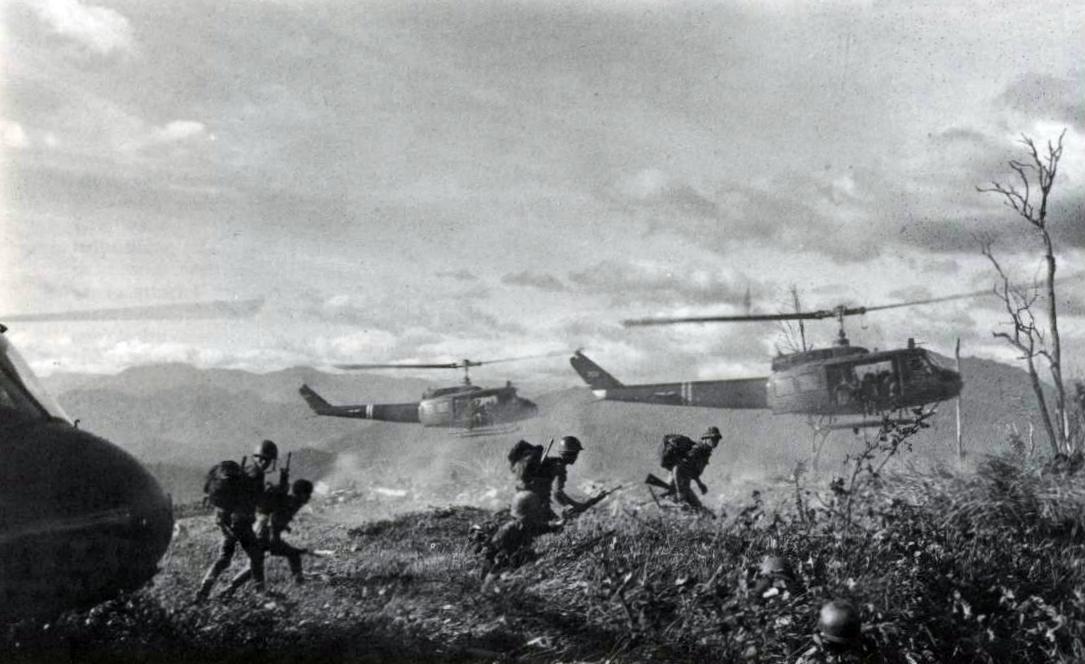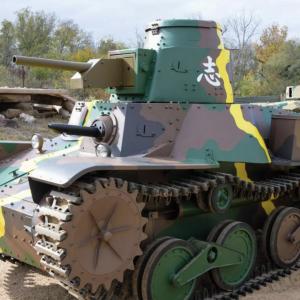
How the Vietnam war started
The origins of the Vietnam War (1955-1975) can be traced back to France’s colonization of Vietnam in the late 19th century.
By 1884, all of Vietnam had fallen under French control, and in 1887, it was officially incorporated into French Indochina. France introduced a Western-style education system, promoted Roman Catholicism, and established a plantation economy focused on exporting tobacco, indigo, tea, and coffee. French settlers, primarily concentrated in southern Vietnam, made Saigon their center of operations. From the beginning of French rule, independence movements emerged, but France maintained its grip on Vietnam until World War II (1941-1945), when Japan occupied the country.
During the war, a nationalist liberation movement led by communist revolutionary Ho Chi Minh emerged to resist both the Japanese occupiers and the French. This movement, known as the Viet Minh, collaborated with Allied forces in the Pacific Theater, contributing to Japan’s eventual defeat in 1945. Seizing the opportunity, the Viet Minh established a provisional government in Hanoi and declared Vietnam’s independence. This move led to the First Indochina War (1946-1954), as France attempted to reclaim its former colony.
With support from the Soviet Union and the newly established People’s Republic of China, the Viet Minh successfully resisted French forces. The conflict escalated into a Cold War flashpoint by 1950, coinciding with the Korean War to the north. The Geneva Conference of 1954 resulted in an agreement to temporarily divide Vietnam at the 17th parallel, with communist supporters moving north and French loyalists relocating south. The Geneva Accords also called for national reunification through elections in 1956. However, as Cold War tensions escalated and reunification efforts stalled, the United States became increasingly involved, providing military equipment, financial aid, and personnel. The U.S. established the Military Assistance Advisory Group (MAAG) to train the forces of the Republic of Vietnam (RVN) and prevent the spread of communism in the South.
At the same time, the Soviet Union continued supporting its communist allies in North Vietnam—officially the Democratic Republic of Vietnam (DRV)—further heightening Cold War hostilities. Tensions reached a critical point in early August 1964 with the controversial Gulf of Tonkin incidents. The U.S. government claimed that North Vietnamese torpedo boats had attacked the USS Maddox without provocation. These incidents led to the passage of the Gulf of Tonkin Resolution by Congress, granting President Lyndon B. Johnson the authority to escalate military involvement in Vietnam without a formal declaration of war.










